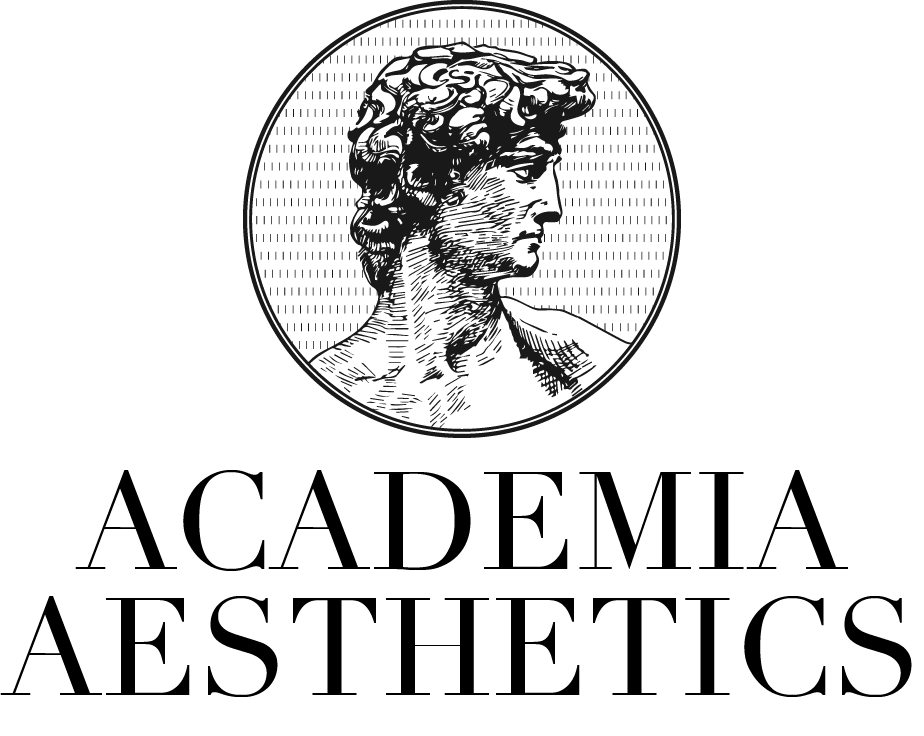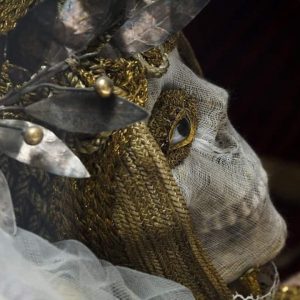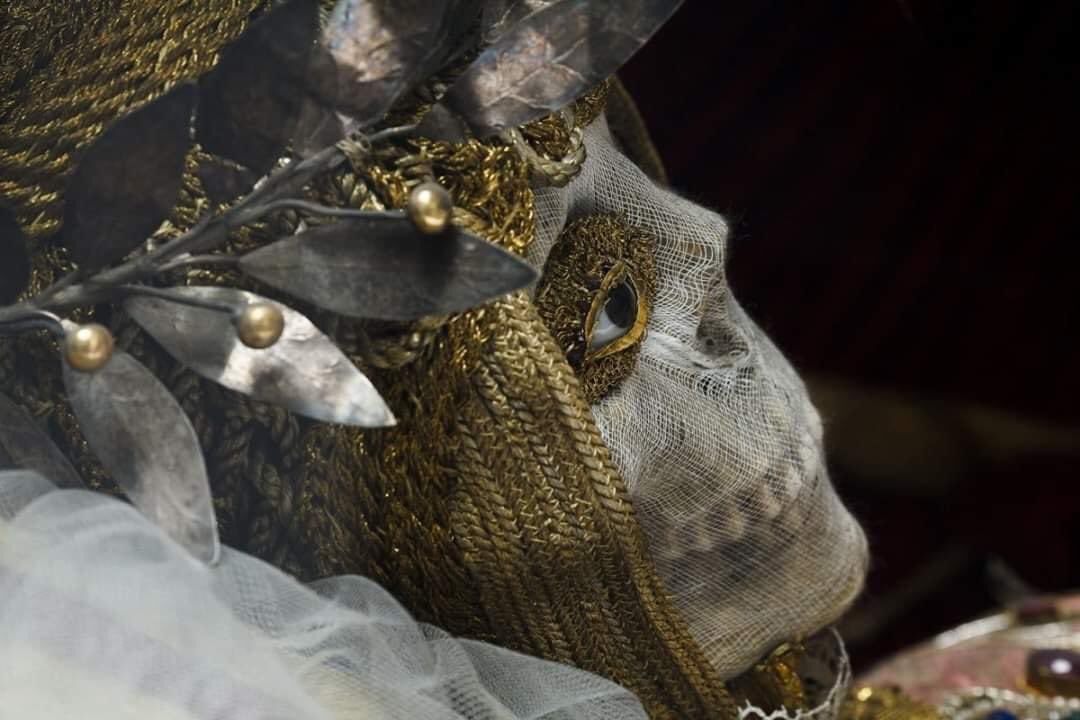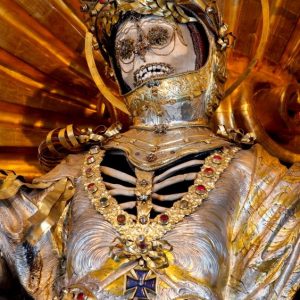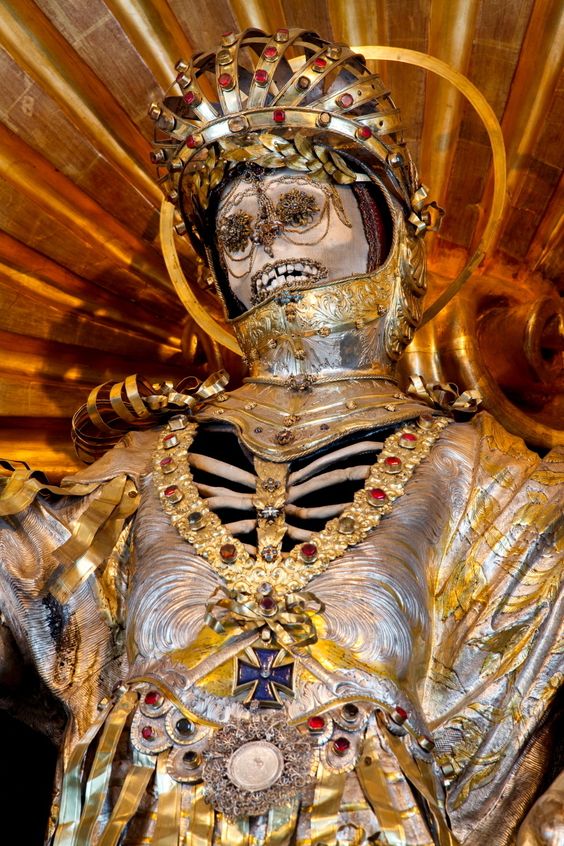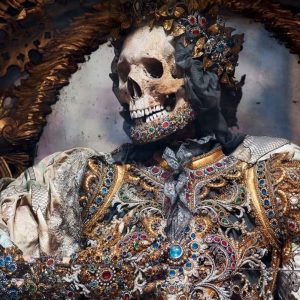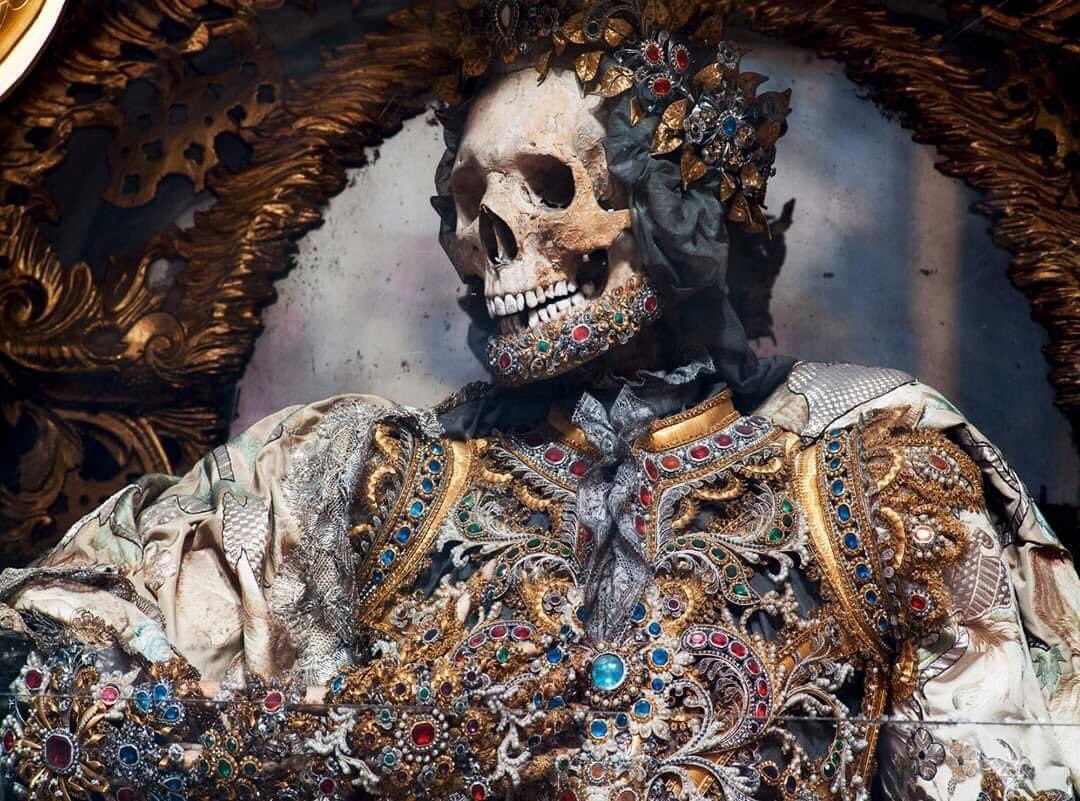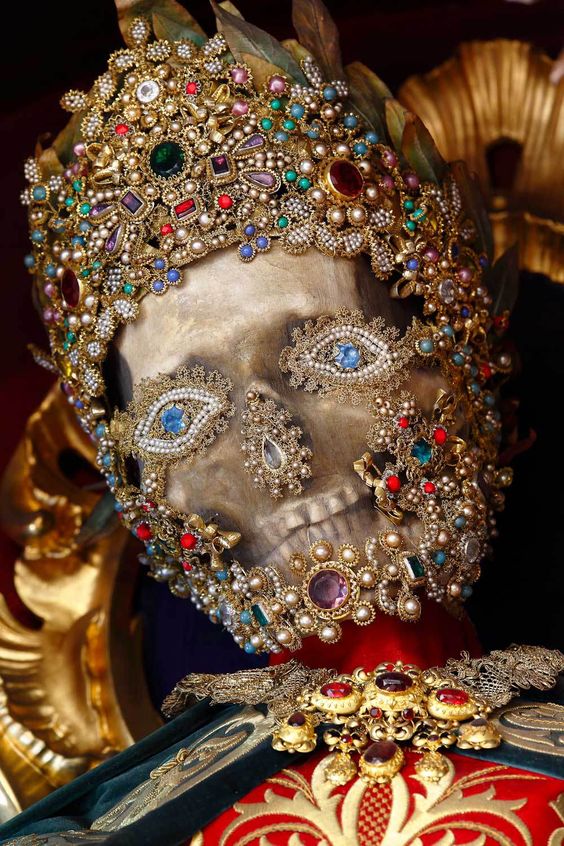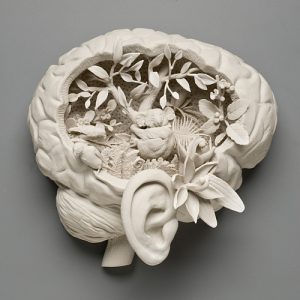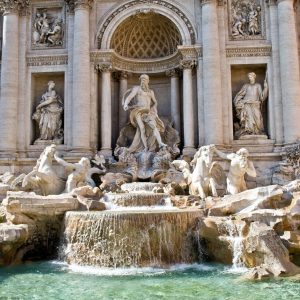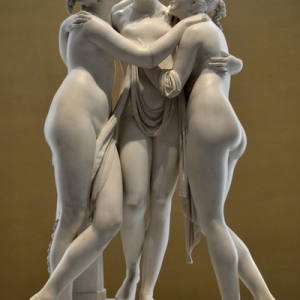After being appointed as the bishop of Nevers, Deodatus established the monastery Juncturae, located in the present-day town of Saint-Dié. This monastery was initially placed under the Rule of Saint Columban, which was later changed to the Rule of Saint Benedict. Deodatus also played a significant role in baptizing Saint Hunna’s son, who bore the same name, Deodatus, and is also revered as a saint. Hunna’s son subsequently became a monk at Ebersheim.
However, in the year 664, Deodatus decided to relinquish his bishopric and retreat to the area known as the “Galilaea” valley in the Vosges. There, he chose to live the life of a hermit, dwelling in a humble cell. According to tradition, Deodatus’s final moments were spent in the company of Saint Hidulphus, the bishop of Treves, who was there to witness his passing.
In the late 17th century, the town’s monastic church received a pair of seated skeletons, one of which is known as Saint Deodatus in Rheinau, Switzerland. Nuns created a distinctive form of facial adornment for Saint Deodatus, consisting of a wax mask over the upper part of his skull and a cloth wrap for his mouth, revealing the teeth through a carefully cut opening.
Paul Koudounaris is a photographer who investigates and documents religious phenomena, specifically church ossuaries, charnel houses, and shrines. His book, “Heavenly Bodies: Cult Treasures and Spectacular Saints from the Catacombs” showcases the bejeweled skeleton of Saint Deodatus and other saints from Catholic mysticism in a delightful, must-read photographic journey.
Find out more about the Bejeweled Skeletons of Catholicism here.
Read more about the Eastern Orthodox Church and St. Peter’s Church.
